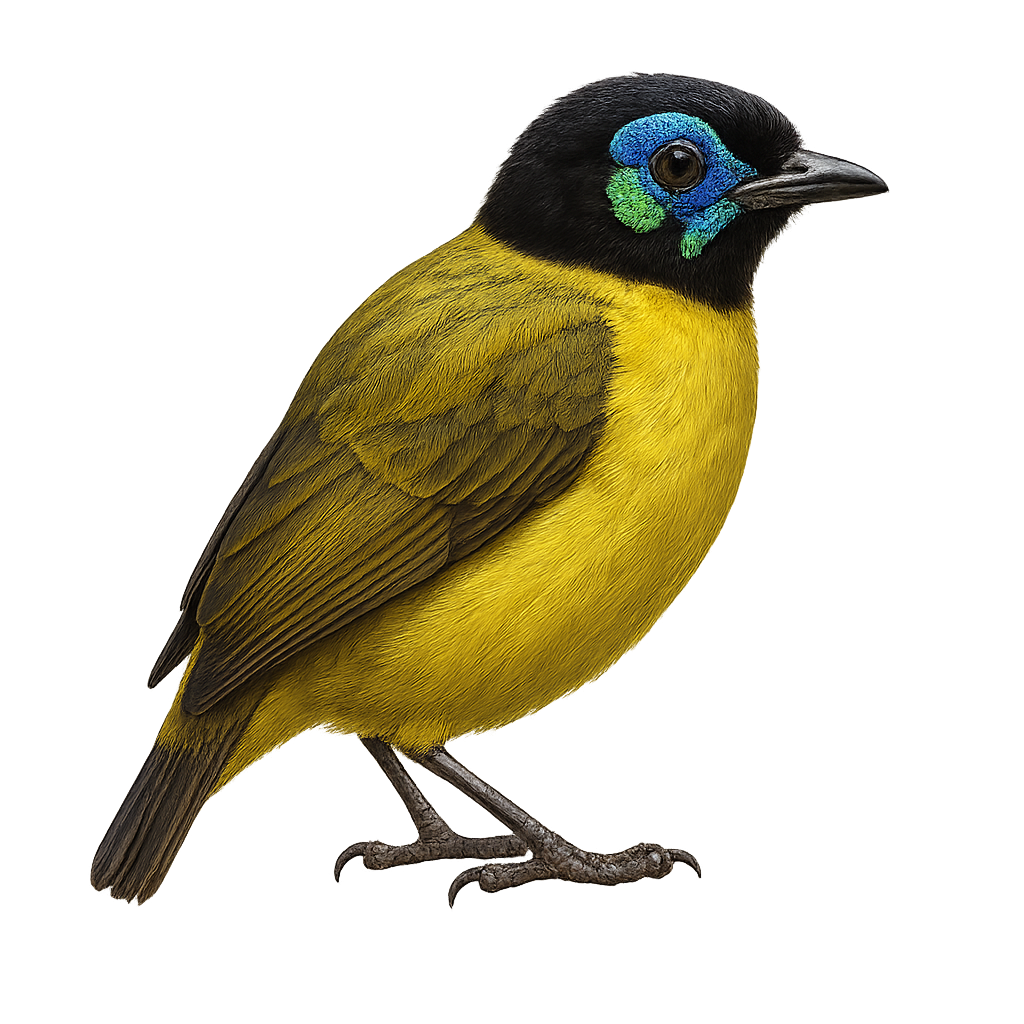Your wildlife photography guide.
Explore the schlegel's asity in detail, study its behavior, prepare your shots.
Where to observe and photograph the schlegel's asity in the wild
Learn where and when to spot the schlegel's asity in the wild, how to identify the species based on distinctive features, and what natural environments it inhabits. The WildlifePhotographer app offers tailored photography tips that reflect the schlegel's asity’s behavior, helping you capture better wildlife images. Explore the full species profile for key information including description, habitat, active periods, and approach techniques.
Schlegel's Asity
Scientific name: Philepitta schlegeli

IUCN Status: Near Threatened
Family: PHILEPITTIDAE
Group: Birds
Sensitivity to human approach: Suspicious
Minimum approach distance: 10 m
Courtship display: November to December
Incubation: 14-16 jours
Hatchings: November to January
Habitat:
Humid tropical forests, lowland forests
Activity period :
Primarily active during the day, with peak activity in the morning and late afternoon.
Identification and description:
The Schlegel's Asity is an endemic bird of Madagascar, known for its vibrant plumage and unique breeding behaviors. Males display bright yellow colors with blue ornaments around the eyes, while females are more subdued with green and brown hues. These birds primarily inhabit the humid tropical forests of northern Madagascar, where they feed on fruits and insects. Their song is melodious and complex, often used to attract mates during the breeding season. Although their population is stable, deforestation poses a potential threat to their natural habitat.
Recommended lens:
400 mm – adjust based on distance, desired framing (portrait or habitat), and approach conditions.
Photography tips:
To photograph the Schlegel's Asity, it is advisable to use a telephoto lens of at least 400mm to capture detailed images without disturbing the bird. Look for dense forest areas where these birds are active, especially during morning hours. Be patient and discreet, as they can be suspicious. Use a tripod to stabilize your camera and adjust settings for low light conditions under the canopy.
The WildlifePhotographer App is coming soon!
Be the first to explore the best nature spots, track rutting seasons, log your observations, and observe more wildlife.
Already 1 432 wildlife lovers subscribed worldwide

